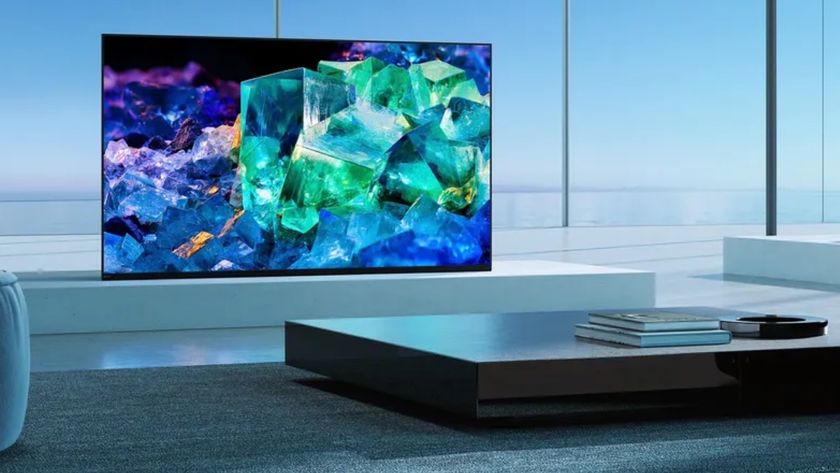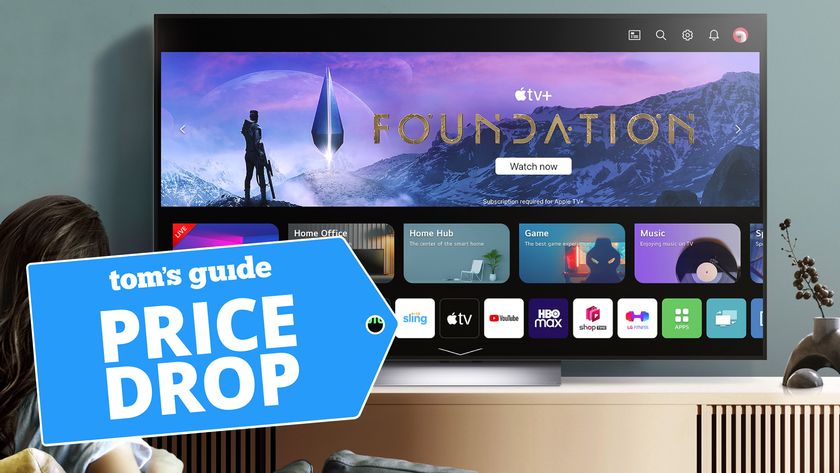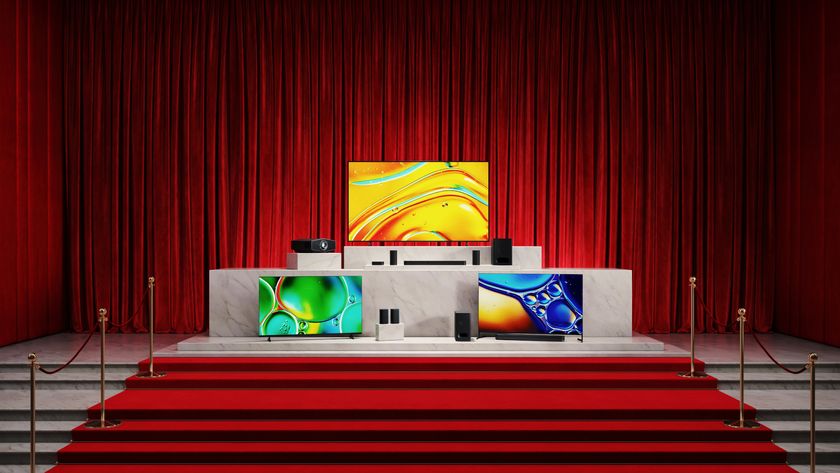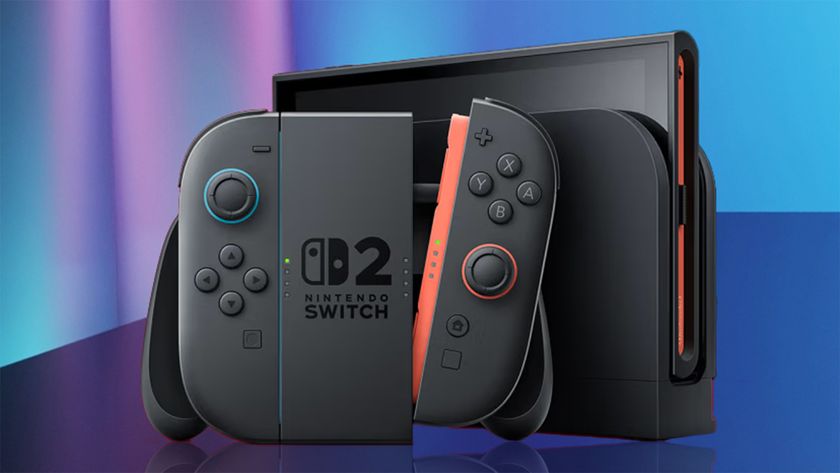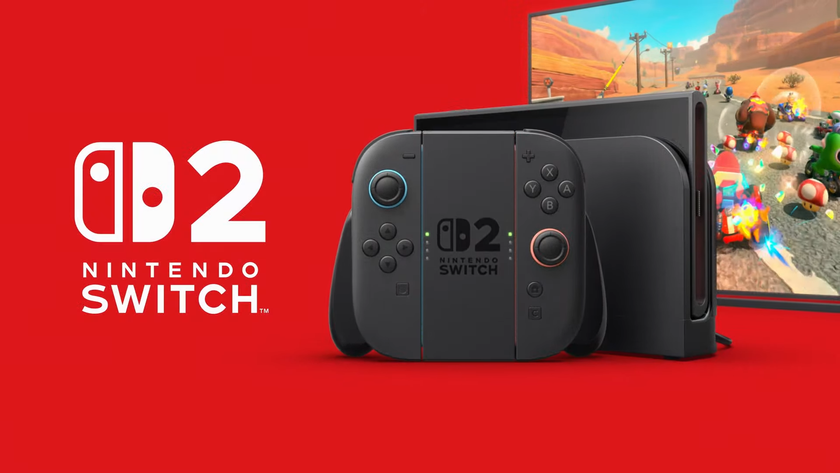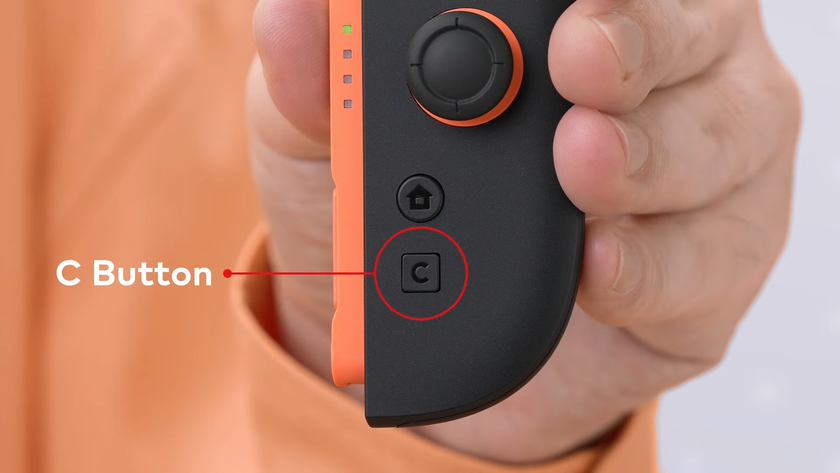Why 2021 was the year QLED finally beat OLED
Here's how Samsung Neo QLED beat LG OLED evo this year
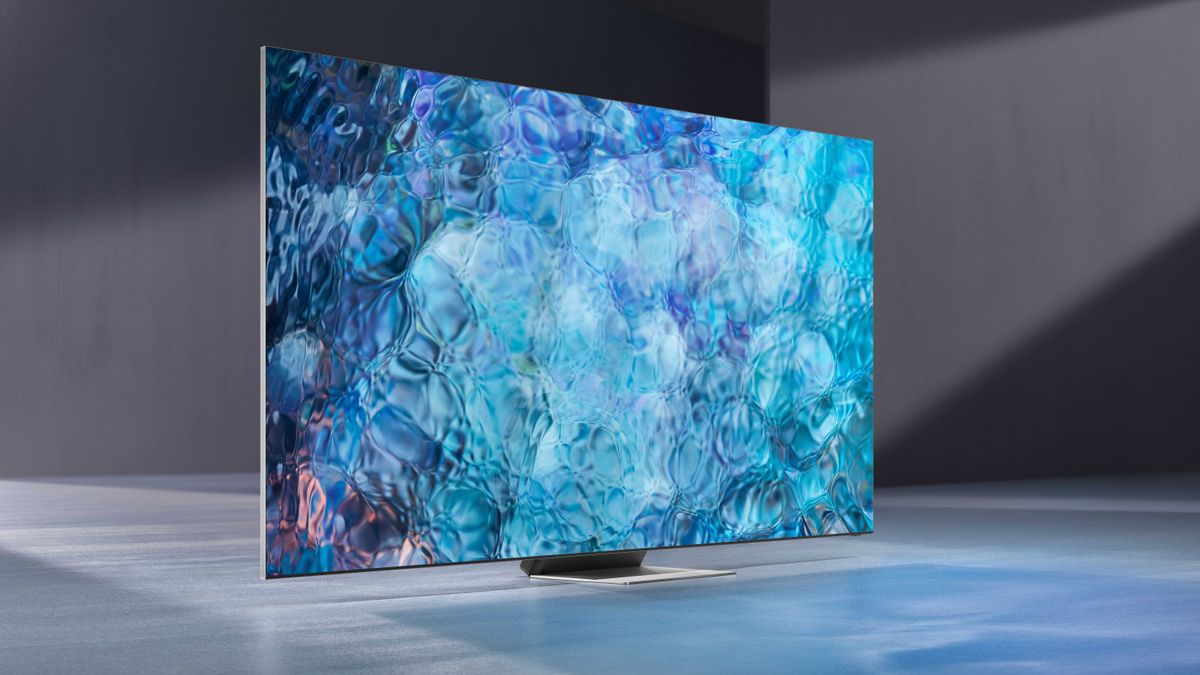
When it comes to grading the best TVs, Tom’s Guide takes a two-pronged approach. We arrive at a verdict after first analyzing lab test results, then reporting anecdotal viewing experience. In both assessments, QLED beat OLED this year.
That’s not to say all QLEDs performed better than all OLEDs in 2021, of course. In fact, in almost every situation, we’d recommend one of the best OLED TVs over one of the best QLED TVs. But there’s a convincing exception, a specific QLED set that blew away all other TVs we reviewed — the Samsung QN90A Neo QLED TV.
Samsung pitched Neo QLED as game-changing TV panel technology. Most of the best TV brands are guilty of branding and rebranding the so-called “exclusive” components used in their products, though, so we didn’t have huge expectations of Neo QLED’s claims. The same can be said for the LG G1 OLED TV with OLED evo, another new technology guaranteeing an elevated viewing experience from all the best LG TVs.
Samsung QN90A Neo QLED TV vs. LG G1 OLED TV
Our Tom’s Guide TV lab testing tells a compelling story for the Samsung QN90A Neo QLED TV. LCD/LED TVs have always beat out OLED on brightness, but the QN90A blows away anything we’ve ever seen. It reached a max brightness of 1813.83 nits. The LG G1 OLED TV reached a max brightness of just 412.05 nits. The difference was obvious, especially while watching Sunday football cheering on our fantasy players. Our eyes were drawn to Samsung’s TV on every big play.
Then we come to color reproduction, which we measure using a X-Rite i1 Pro spectrophotometer and SpectraCal CalMAN Ultimate calibration software. The Samsung QN90A Neo QLED was able to reproduce 99.51% of the Rec 709 color space, which is practically perfect for an LCD TV. Meanwhile, the LG G1 provided one the widest color gamuts we’ve ever seen, producing 133.92 percent of the Rec 709 color space, exceeding the basic color standard by a significant margin. But last 2020’s non-evo LG GX OLED TV had slightly better 134.42 percent.
Lastly, we measure TV accuracy with a Delta-E rating. A smaller score is ideal (0 is perfect), and the Samsung QN90A earned a 2.6. LG’s OLED panels still have a clear edge in accuracy, with the LG G1 earning a 1.6. This just means the LG G1’s picture is slightly more true to a filmmaker’s finished product.
QLED vs. OLED
Despite similarities in name, QLED vs OLED TVs are not the same thing. In fact, they’re two competing technologies for TV displays. QLED is basically an elevated version of LCD that’s since been adopted by manufacturers like Samsung, TCL, Vizio and more. It adds a quantum filter, enhancing contrast and color beyond what we came to expect from LCD prior.
Sign up to get the BEST of Tom's Guide direct to your inbox.
Get instant access to breaking news, the hottest reviews, great deals and helpful tips.
In OLED — or organic light-emitting diode — panels, individual pixels produce light. This lets select areas of the screen turn completely off, creating so-called true blacks. Many smartphones, monitors and even the Apple Watch employ OLED displays, but its distinct characteristics are far more evident on a 65-inch TV screen. When watching a show or movie, you’ll see incredible contrast in dark scenes.
So no, QLED still can’t beat OLED when it comes to inky blacks, but it has its benefits, and even more so with the Samsung QN90A Neo QLED TV as its champion. It’s the brightest TV we’ve ever seen, bringing obvious improvements compared to the former best Samsung TVs in both anecdotal viewing and lab tests. Neo QLED was better than regular Samsung QLED, while OLED evo wasn’t much better than regular LG OLED. And that’s precisely how QLED won this year.
As for other things to look out for in the world of TVs, here are the biggest TV trends to watch in 2022.
Kate Kozuch is the managing editor of social and video at Tom’s Guide. She writes about smartwatches, TVs, audio devices, and some cooking appliances, too. Kate appears on Fox News to talk tech trends and runs the Tom's Guide TikTok account, which you should be following if you don't already. When she’s not filming tech videos, you can find her taking up a new sport, mastering the NYT Crossword or channeling her inner celebrity chef.
-
Thefizzlee Well I mean you need to compare the Samsung neo qled to the Sony A90J, that is the real oled star of 2021 having extreme high brightness for an oled panel and amazing picture quality and color accuracy. Yes it is more expensive but oled has always been more expensive than full array led, that's just a pro of full array led and a con of oledReply -
BDComer I don't understand -- you pick a QLED TV as best overall, blowing away all OLED TV's based on brightness alone?????? Doesn't make sense to me, I'd still pick an OLED based on the numbers in this article.Reply
QLED is better than an LED, no doubt about it, but blow away all OLED's, no, even if you have to keep an OLED in a less lit room. -
Eyeblossom The writer of this article does not know TV technology at all. First of all, QLED is not a TV technology. LED is a TV manufacturing technology. Quantum dot technology is a color enhancement feature from Samsung, marketed as QLED, same as Triluminos Color (Sony) and Nano Cell (LG). That's it, period. Samsung only makes LED televisions. And the best Samsung TV does not have equal contrast to any OLED TV, period. LED technology can not do what OLED technology can. I have worked in the AV industry for 20 years and I compare TV performance almost everyday of my life.Reply -
eh999 This is one of the worst "clickbait title" articles I've ever read. Your entire basis for your argument was that QLED -> NeoQLED = Big Improvements, whereas OLED -> OLED evo = Marginal Improvements? Why even mention OLED at that point?Reply

